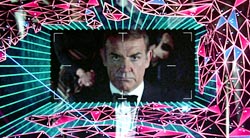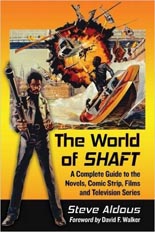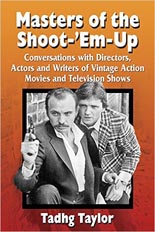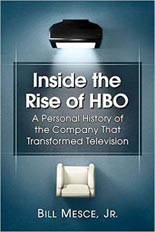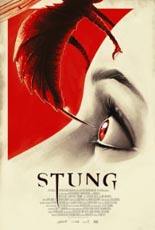
 Maybe the marketers behind Stung didn’t even consider that using the tagline “The Ultimate Buzzkill” could come back to sting them in the ass — as in, “Stung is a real buzzkill.” Because it is.
Maybe the marketers behind Stung didn’t even consider that using the tagline “The Ultimate Buzzkill” could come back to sting them in the ass — as in, “Stung is a real buzzkill.” Because it is.
A throwback to the big-bug invasion flicks of the 1950s, the first movie from director Benni Diez pits wasps against WASPs. A garden party to honor a deceased, well-to-do patriarch represents a do-or-die opportunity for the catering company owned by Julie (appealing newcomer Jessica Cook), having taken it over on the occasion of her own father’s death. On hand to help her is her one employee, the smart-mouthed Paul (Matt O’Leary, Sorority Row), who obviously carries a torch for her with more devotion than he carries buffet trays.
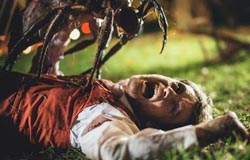 What should be a routine gig is ruined when a swarm of giant, mutated wasps zooms in and crashes the party. The insects have the wings; the humans haven’t got a prayer. And what should be a fun hour and a half just isn’t, falling as flat as a soufflé removed from the oven too early.
What should be a routine gig is ruined when a swarm of giant, mutated wasps zooms in and crashes the party. The insects have the wings; the humans haven’t got a prayer. And what should be a fun hour and a half just isn’t, falling as flat as a soufflé removed from the oven too early.
Everything seems to be stuck at the halfway mark for optimal conditions: its energy level, the jokes, characters for whom to root, creatures frightening enough to fear. (Committing to the practical route vs. relying on CGI to create critters would have taken care of the last point.) When you cast Aliens’ Lance Henriksen, yet his big moment consists of him ordering the wasps to “kiss my ass!,” an opportunity clearly has been wasted. As is, the film is watchable, barely. —Rod Lott


 Cop shows
Cop shows 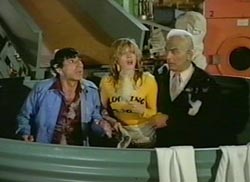
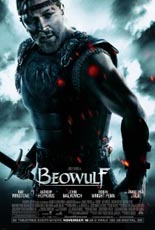
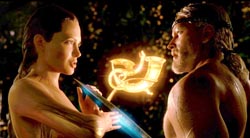
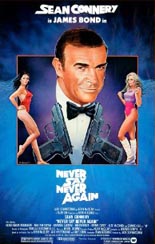
 For legal reasons so tangled and tortured, they could make a book out of the copyright fight (and did, with Robert Sellers’
For legal reasons so tangled and tortured, they could make a book out of the copyright fight (and did, with Robert Sellers’ 